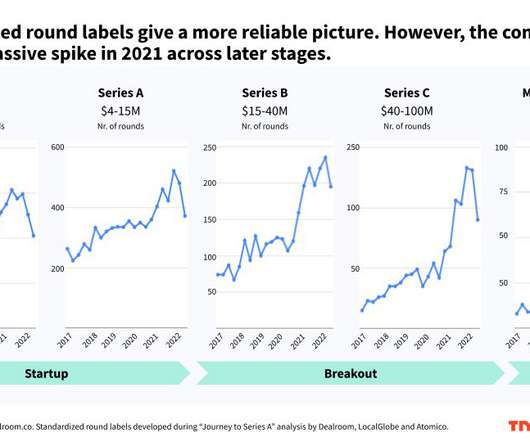How to Talk About Valuation When a VC Asks
Both Sides of the Table
MAY 30, 2018
I thought I’d write a post about how to talk about valuation at a startup and give you some sense of what might be on the mind of the person considering funding you. What was the post money on your last round (and how much capital have you raised)? VCs hate “down rounds” and many don’t even like “flat rounds.”




















Let's personalize your content